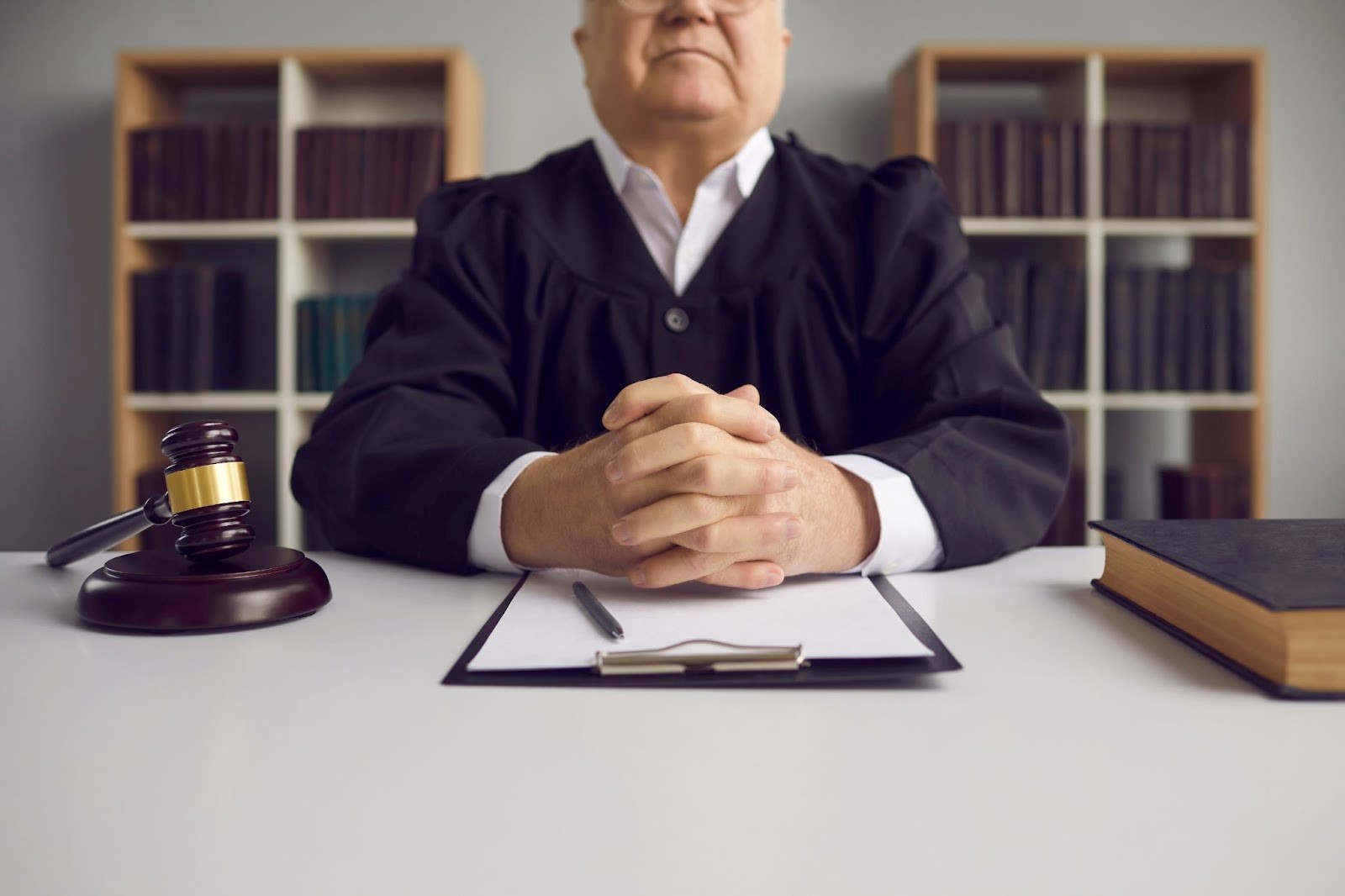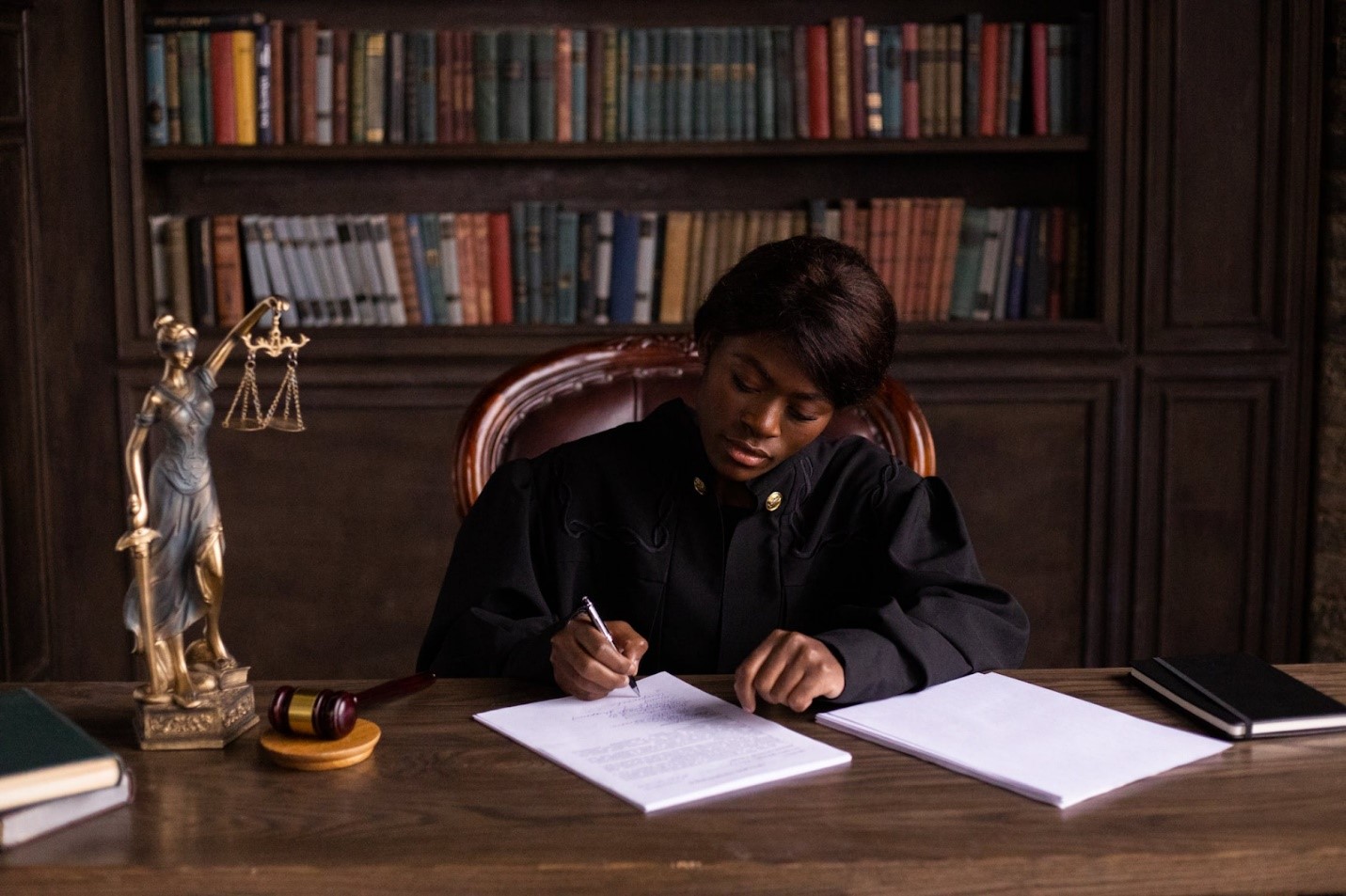The legal world can be very complicated for someone that has never navigated this territory before. There are many different types of personal injury cases, including car accidents, dog bites, motorcycle accidents, premises liability and wrongful death – just to name a few. There are certain processes that are used by legal staff to help support clientele and win a case. In this article, we want to talk to you about the ‘burden of proof’ in a civil case. While many people have heard of ‘proof beyond a reasonable doubt’, this burden of proof is only used in criminal matters. In personal injury cases, a different burden of proof is used. It takes sufficient evidence along with the support of an experienced attorney to win a case. Let’s take a look in more detail what the burden of proof is in a personal injury case, and how it potentially applies to a case that you’re involved in.
What Is the Burden of Proof?
In regard to a civil case, a plaintiff will file a complaint and must then explain the facts and legal grounds that are the basis of their claim. The burden of proof means that the plaintiff has to convince the jury that there is in fact grounds for the legal case. In a personal injury case, preponderance of the evidence is the burden of proof used to convince a judge or jury that a case has merit.
Preponderance of the Evidence
Preponderance of the evidence is considered to be the lowest burden of proof. Every fact or piece of evidence admitted into the case has to be more likely true than not true in order to meet the burden of proof. To illustrate this point, a judge or a jury must be at least 50.1% sure that the facts being presented are true. This differs from proof beyond a reasonable doubt where a judge or jury must almost be entirely certain that the evidence presented is truthful.

What Happens If the Jury Is Convinced?
If the plaintiff is able to persuade the jury that their case is justifiable, then the case will go on and will be decided by a judge or jury. If the plaintiff is not able to convince the jury that their allegations are true rather than false, then the defendant will win.
The Defendant and the Burden of Proof
While the burden of proof is typically something that is utilized by the plaintiff in a civil case, there are instances where there will be a shift over to the defendant in regard to burden of proof. When a plaintiff presents evidence that establishes their case sufficiently, the defendant may have an affirmative defense to proceed with. This would be a common defense for something like a slander lawsuit. If the plaintiff claims that the defendant slandered them, but the defendant was able to confirm that what they said was true, the burden of proof changes sides.

How Much Evidence is Needed for Proof?
The amount of evidence needed in order to convince a jury can vary from case to case. Some cases will require very little evidence. Others will require a substantial amount of available evidence to drive a case home. It really comes down to the strength of a plaintiff’s case, the witnesses that have provided statements, etc. Then there is the defense team’s evidence that attempts to discredit the plaintiff’s claims.

Williams DeLoatche, P.C. can help you navigate and win a civil litigation case in the greater Virginia area. We represent both plaintiffs and defendants, coming up with the best method of gathering and preparing evidence that will work in your favor. To learn more about this process and how you can navigate the burden of proof, reach out to our team by visiting our website. We have various offices in Virginia Beach, Roanoke and the Eastern Shore area and serve the entire state of Virginia.

